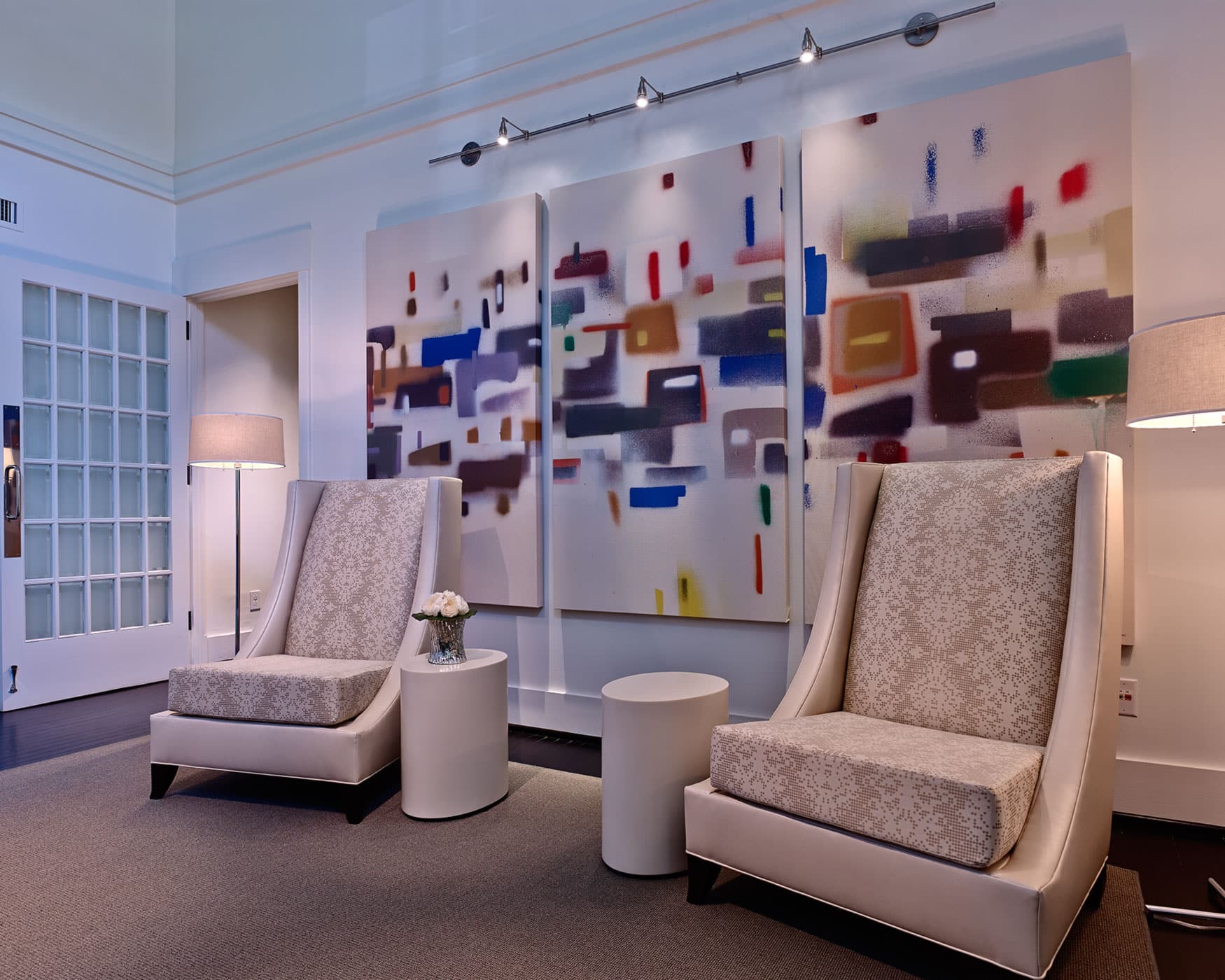Interior Design for Plastic Surgery and Med Spa Offices
Creating Relaxing Environments
A peaceful, inviting environment is an important physical aspect of a patient’s healthcare experience, but one that may be overlooked. A surgical procedure, however complicated, is often daunting for many people. Even if they have elected to proceed with treatment for purely aesthetic purposes, there may be apprehension, doubt, and fear of the unknown – particularly if it’s their first procedure.
It is the responsibility of the medical professional to quell these fears and provide as much comfort as possible, in the support of their physical care through a treatment plan and in support of their overall well-being in the medical environment. In aesthetic medicine, your brand is reflected in every visual aspect of your office, from the lighting to the decor choices, to the color of the walls. From the very first physical contact a patient has with a provider, they have a lasting impression of the overall quality of the treatment they will receive. That’s why the design choices you make matter.
Heidi H. Core, RID, IIDA uses over 25 years of experience as an interior designer to create the perfect aesthetic environment for you and for your patients. For more information, get in touch with her offices. Call Heidi Core Interior Design at (205) 259-8780 or fill out a simple online form to submit your request.
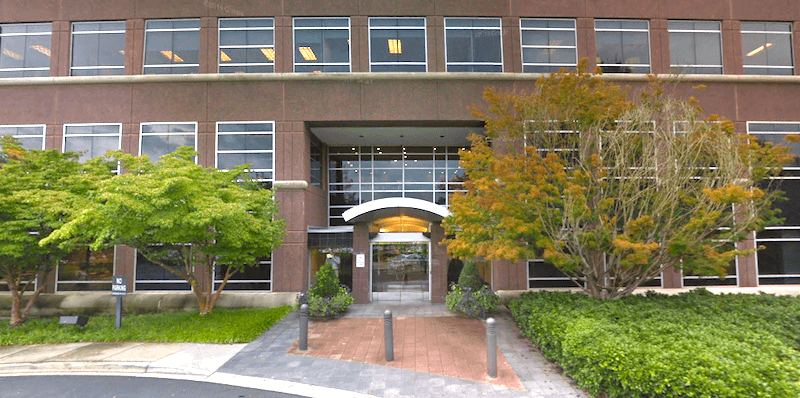
Style & Comfort by Design
Plastic surgeons and aestheticians across the United States are increasingly using data-informed environmental analysis to better serve their patients. This research-based process, which takes an in-depth look at what really helps patients feel comfortable in a healthcare setting, is known as evidence-based design (EBD).(1) And, with the help of an experienced interior designer for plastic surgery and med spa offices, you can transform your workspace into a place that represents you, and one that your patients feel safe and comfortable in.
As a business-owner, attracting patients and keeping them returning is the key to your long-term success. Therefore, the importance of interior design cannot be overstated.(2)
Beautiful Surroundings
Aesthetics play a role in almost all aspects of our lives, often unconsciously. Are we more likely to choose the glistening freshly-baked pastry, or the squashed croissant crumbling in the display cabinet? Do we eat dinner in the opulent restaurant with the smiling wait staff, or the one with curling paint and shabby signage? The fact is, the way things look affects both our conscious and unconscious reactions to them. With the latter example, research confirms that people do, in fact, prefer to dine in beautiful environments, and that environmental aesthetics affect our actual perception of food quality itself. (3)

Plastic Surgery Setting
When major surgery is on the horizon, patients may feel anxious and vulnerable. Long before the treatment date, their consultation more often than not involves a physical examination, during which it may be required that they disrobe. They may have to reveal something “out of the ordinary” about their body that they are self-conscious enough about to warrant seeking surgical intervention. But do patients seeking cosmetic surgery have a different attitude than those who undergo medically necessary procedures?
Interestingly, evidence even shows that cosmetic surgery patients have higher preoperative anxiety levels than reconstructive surgery patients. (4) This is even though one could make an assumption that the latter patient cohort would be the more anxious group of the two. That’s why an inviting environment where patients can wait in comfort is an important aspect that all providers should factor into their interior design.

Med Spa Setting
The very name “med spa” conjures up a certain image. The word “spa” is associated with cleanliness, reinvigoration, relaxation, and luxury. There is also a not-so-subtle linguistic link to the fabled Fountain of Youth. Patients want to be beautified, to be pampered, and to look and feel their most radiant self.
Generally concerned with less invasive aesthetic procedures such as Botox, chemical peels, and facials, the med spa is a place where patients expect to receive high-quality beauty treatments that are fast, convenient, and effective. As such, the med spa environment should be warm and inviting. A med spa waiting room is a place that should exude comfort and refined luxury, and reassuringly, this is easily achieved with an experienced interior designer in charge.
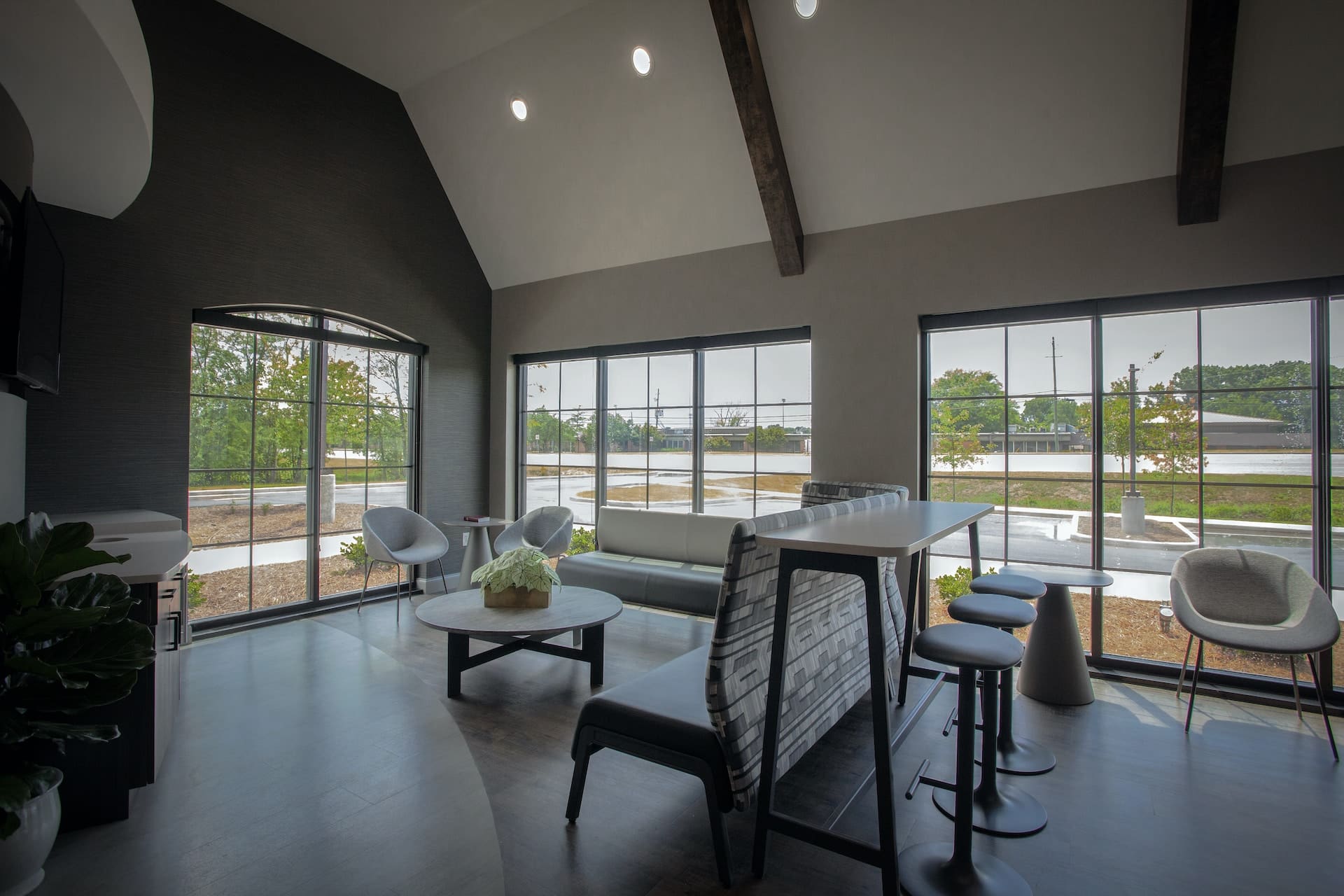
The Ideal Waiting Room
Through EBD, interior designers can create a patient-friendly environment for medical practitioners. As research into interior design in a healthcare setting indicates, the physical environment of a healthcare site impacts numerous aspects of patient experience. These include the following.
- Stress (or lack thereof)
- Safety
- Effectiveness
- Quality of care
- Trust
- Overall patient satisfaction with provider (1)
The influence of our surroundings cannot be overstated. A key aspect in the list above, and one that is valued by both doctor and patient, is perceived quality of care. The patient’s perception of quality of care is much higher in waiting rooms that look a certain way. Research indicated a positive correlation with patient satisfaction in waiting rooms with these specifications.
- Nicely furnished
- Light
- Contain artwork
- Warm appearance
Conversely, patient perceptions of the quality of care they would receive was negatively correlated in waiting rooms with these features.
- Dark
- Outdated furnishings
- No artwork (or poor-quality reproductions)
- Cold appearance (2)
Is Your Interior Design Patient-Friendly?
As observed by medical ethicists, the building of human habitats is a moral endeavor. (5) The utilitarian nature of older hospitals, remnants of the 1900s, are a stark reminder that not every healthcare environment exudes warmth. In stark contrast to the bright white, impersonal corridors of a hospital ward, elective surgery offices are more personal, less clinical in nature. Not only are business owners in the medical field looking for interior design more in keeping with modern tastes, but they are also finding ways to help patients relieve their worries by creating inviting spaces. And, if the space has not had a redesign in some time, it may well be time for a redesign to better reflect your business’ ethos.
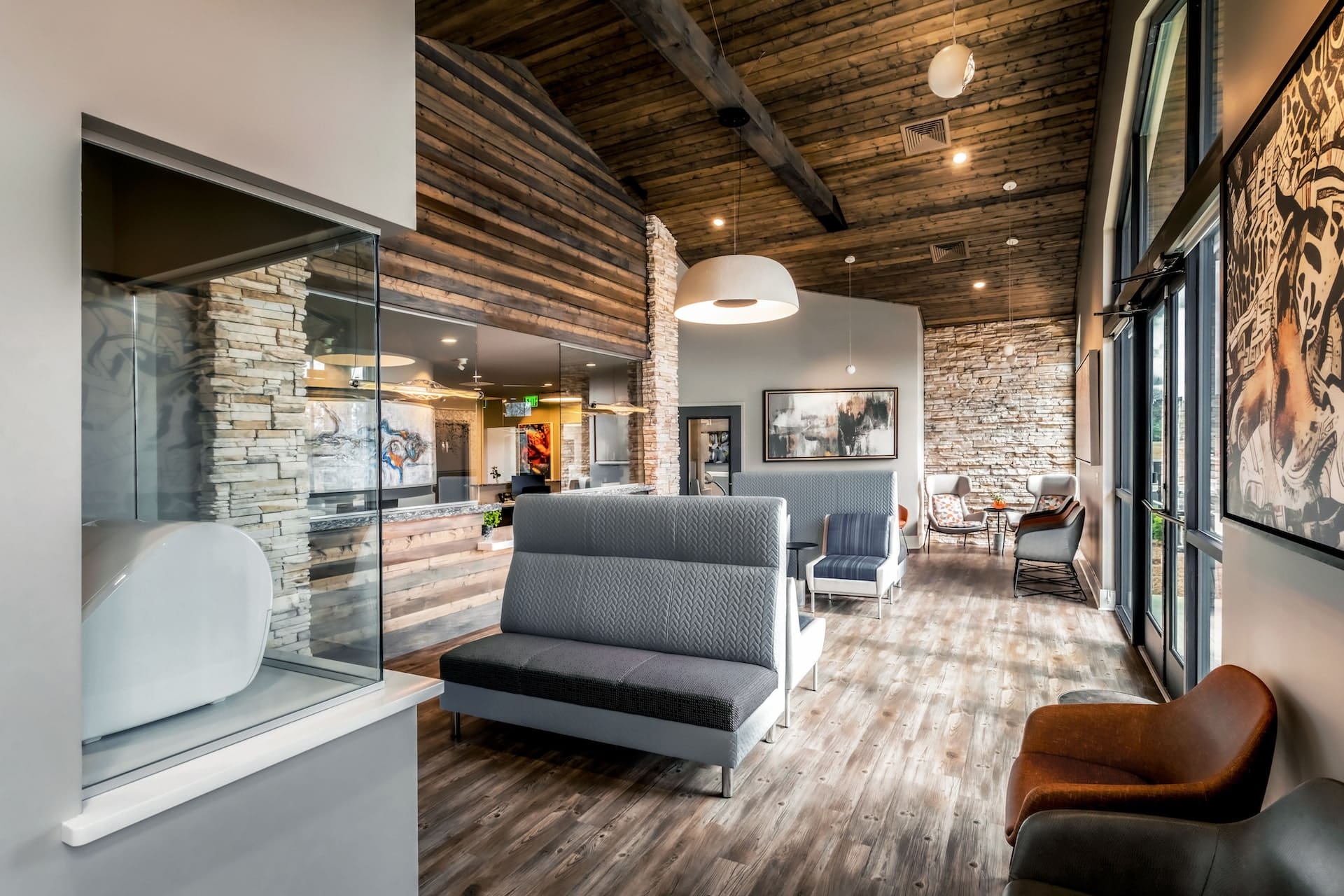
Design Process
- Research Analysis – After thorough investigation and collaboration, the interior designer will determine the key elements of the redesign, incorporating aesthetic needs and safety considerations. She will then explore the possibilities and assess the spatial limitations of the premises.
- Preliminary Concepts – After the initial groundwork, the interior designer will draft design concepts in accordance with building codes, that are both functionally and aesthetically appropriate for the space.
- Concept Feedback – Once she has established the preliminary design ideas, she will flesh out the concept and present it for feedback. Once the feedback has been incorporated, she will move forward with the finalized redesign.
- Aesthetic Details – After approval, she will work on the specifics of the design. These include furnishings, lighting, finishes, and building materials that reflect your preferred design choices. All materials are quality-assured and comply with applicable building codes and accessibility requirements.
- Construction & Installation – After confirmation with the client, Heidi Core will source and order the necessary materials. Working within a set budget, she will provide a timeline for completion so the client has a clear picture of when they can resume using the space as intended. After the installation is complete, she will ensure the facilities are up to the necessary specifications and finalize the redesign process.
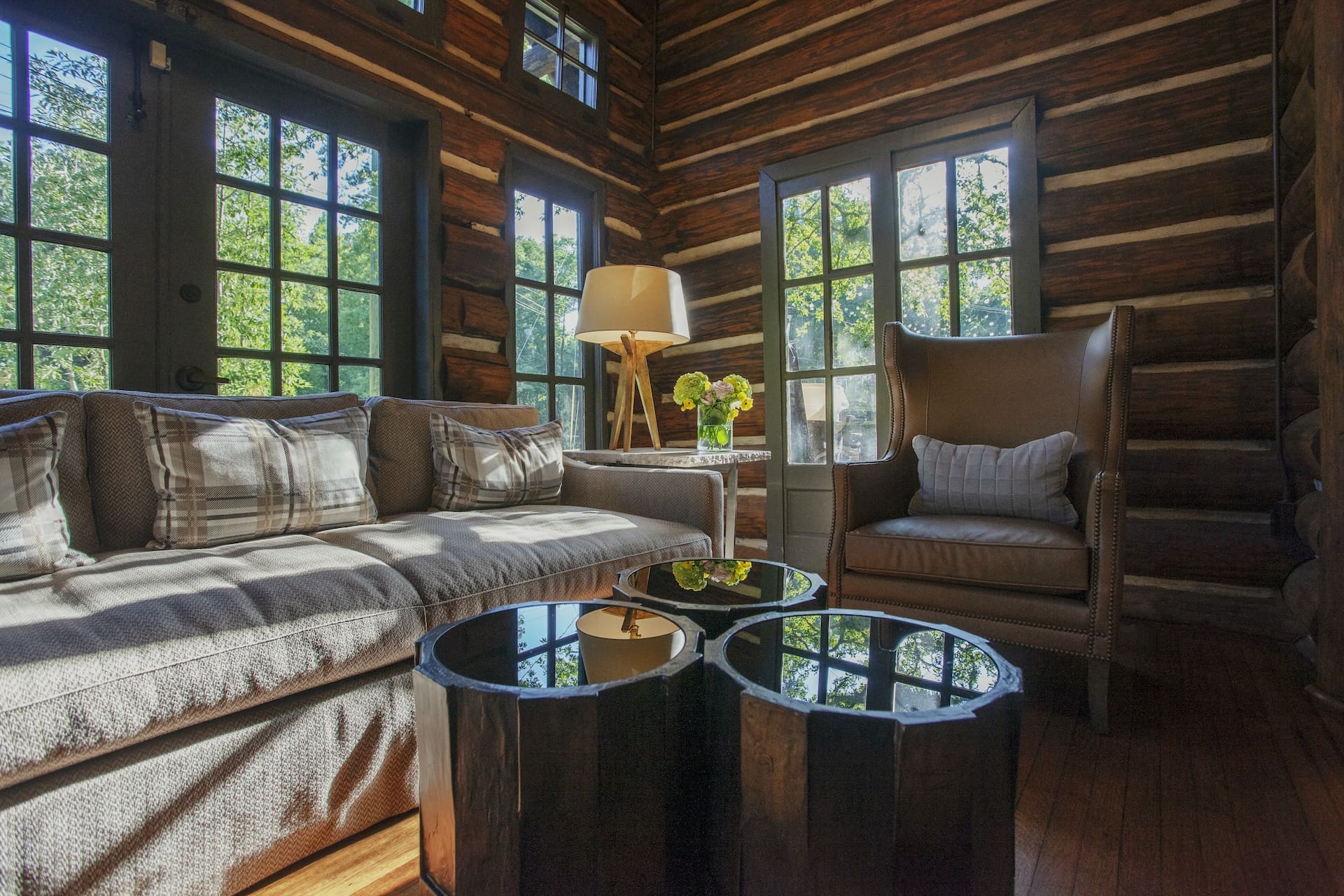
How Much Do Plastic Surgery and Med Spa Office Redesigns Cost?
Several important factors determine the overall cost of your project, including the scope of your redesign and the square footage of your business. After thorough consultation regarding budgeting requirements, Heidi Core will work with you to make your aesthetic goals for your plastic surgery or med spa become a reality. Contact Heidi Core Interior Design at (205) 259-8780 or fill out this online form to set up your initial meeting.
References
- Jacobs K. Patient Satisfaction by Design. Seminars in Hearing. 2016;37(04):316-324. doi:10.1055/s-0036-1593999 https://www.ncbi.nlm.nih.gov/pmc/articles/PMC5179604/#!po=96.8750
- ARNEILL AB, DEVLIN AS. PERCEIVED QUALITY OF CARE: THE INFLUENCE OF THE WAITING ROOM ENVIRONMENT. Journal of Environmental Psychology. 2002;22(4):345-360. doi:10.1006/jevp.2002.0274 https://www.sciencedirect.com/science/article/abs/pii/S0272494402902744
- Wu C, Zhu H, Huang C, et al. Does a beautiful environment make food better – The effect of environmental aesthetics on food perception and eating intention. Appetite. 2022;175:106076. doi:10.1016/j.appet.2022.106076 https://pubmed.ncbi.nlm.nih.gov/35561939/
- Sönmez A, Bişkin N, Bayramiçli M, Numanoğlu A. Comparison of Preoperative Anxiety in Reconstructive and Cosmetic Surgery Patients. Annals of Plastic Surgery. 2005;54(2):172-175. doi:10.1097/01.sap.0000143608.79685.e3 https://journals.lww.com/annalsplasticsurgery/Abstract/2005/02000/Comparison_of_Preoperative_Anxiety_in.12.aspx
- Turner L. Medical Facilities as Moral Worlds. Medical Humanities. 2002;28(1):19-22. doi:10.1136/mh.28.1.19 https://mh.bmj.com/content/28/1/19.long
